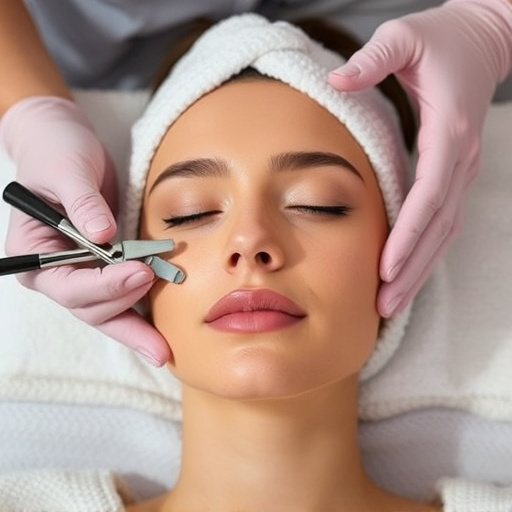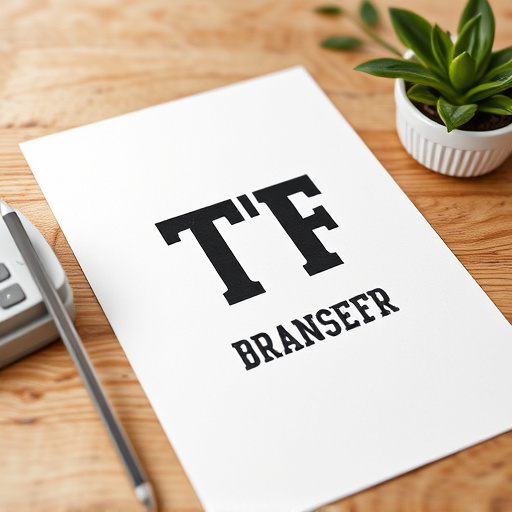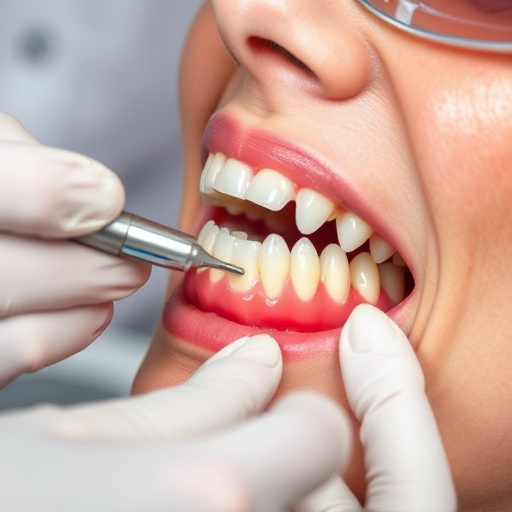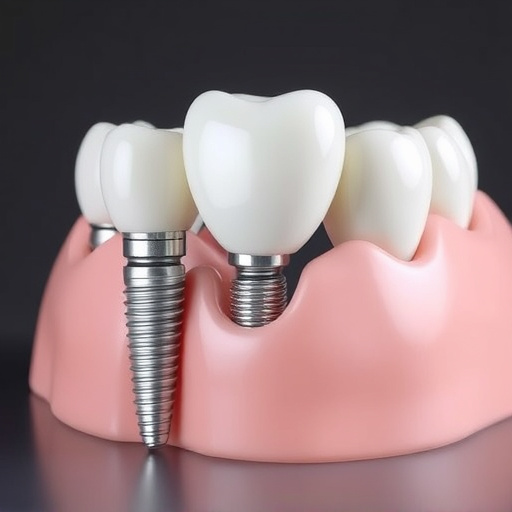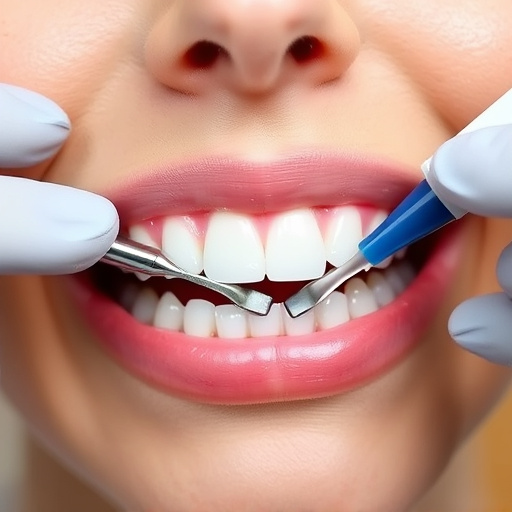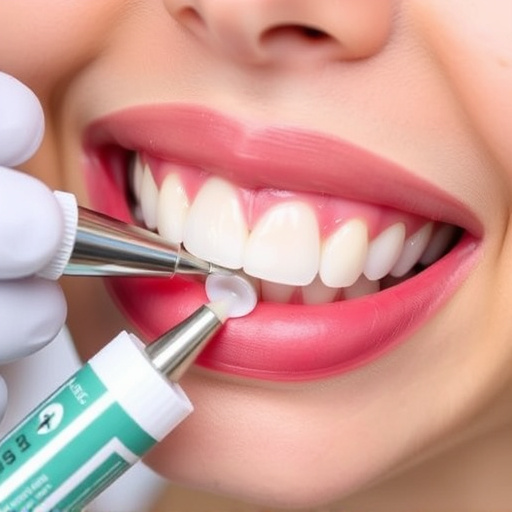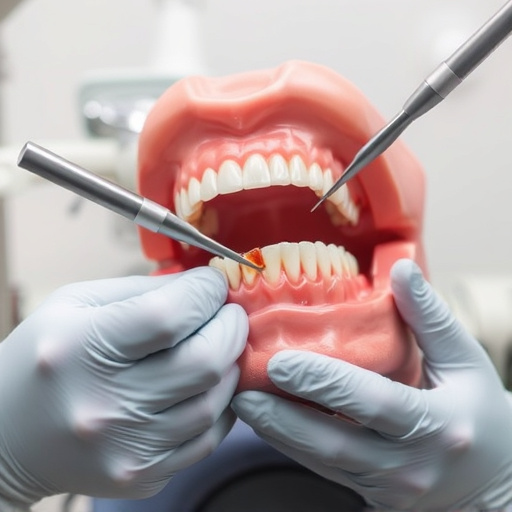Handicap accessible dental services cater to individuals with physical or cognitive disabilities, offering specialized equipment and communication methods to provide tailored oral healthcare. Understanding dental insurance coverage for these services, which includes routine check-ups, cleanings, and advanced procedures like crowns, is vital to avoid unexpected costs. Dental offices should be equipped with adjustable chairs and wheelchair access, while clear communication and a calming environment are crucial for patients with cognitive or developmental disabilities. Regular oral exams and promoting good oral hygiene at home are essential components of comprehensive dental care for this demographic.
Looking for handicap accessible dental services? You’re not alone. Many individuals with disabilities face challenges navigating oral care due to physical or sensory limitations. This article demystifies handicap accessible dental services, breaking down what insurance covers and offering crucial tips for ensuring quality, comfortable care. From understanding your rights to recognizing qualified professionals, we empower you to take control of your dental health.
- Understanding Handicap Accessible Dental Services
- What Insurance Covers and What to Expect
- Ensuring Quality Care: Tips for Patients with Disabilities
Understanding Handicap Accessible Dental Services

Handicap accessible dental services are designed to cater to individuals with physical or cognitive disabilities, ensuring they receive the same quality of oral healthcare as everyone else. This includes a range of procedures from routine cleanings and check-ups to more complex treatments like fillings and emergency dental care. The focus is on creating an inclusive environment that addresses the unique needs of these patients, making it easier for them to access essential dental services.
These services often involve specialized equipment and techniques to accommodate various disabilities. For example, wheelchair accessibility, low-force diagnostic tools, and communication methods tailored to cognitive impairments. By integrating handicap accessible dental practices, dentists not only provide better patient care but also contribute to preventive dentistry, which is crucial for maintaining overall health and well-being.
What Insurance Covers and What to Expect

When it comes to handicap accessible dental services, understanding what your insurance covers is crucial for ensuring quality care without unexpected financial burdens. Most dental insurance plans include coverage for a range of services tailored to meet the unique needs of individuals with disabilities, including wheelchair access, specialized equipment, and accommodations for communication barriers. These may encompass routine check-ups, cleanings, fillings, extractions, and even advanced procedures like dental crowns.
What to expect varies based on your specific plan, but generally, you can anticipate that family dentistry and cosmetic dentistry services will be covered, provided they are deemed medically necessary. Your dentist will work with your insurance provider to ensure all required services are included in your coverage. Being prepared with your policy details and discussing any concerns openly with your dental care team will help streamline the process, allowing you to focus on achieving optimal oral health.
Ensuring Quality Care: Tips for Patients with Disabilities

When it comes to receiving quality handicap accessible dental services, patients with disabilities have unique needs that must be addressed. Firstly, individuals with physical limitations may require specialized equipment or accommodations within the dental office to ensure comfort and accessibility during treatments. This could include adjustable chairs, wheelchair access, or even sign language interpreters for those who are deaf or hard of hearing.
Moreover, patients with cognitive or developmental disabilities might need additional support throughout their dental visits. Clear communication, simple instructions, and a calm, welcoming environment can significantly contribute to a positive experience. For instance, explaining procedures in plain language or using visual aids for understanding treatment plans can be beneficial. Additionally, scheduling regular routine oral exams and promoting good oral hygiene practices at home are essential components of comprehensive dental care for this demographic, ensuring their long-term oral health and well-being.
Handicap accessible dental services are not only a necessity but also a right for individuals with disabilities. By understanding what insurance covers and choosing providers that prioritize quality care, patients can navigate their oral health needs effectively. Remember, accessibility should extend beyond physical entry points; it’s about creating an inclusive environment where everyone can receive the dental care they deserve.
